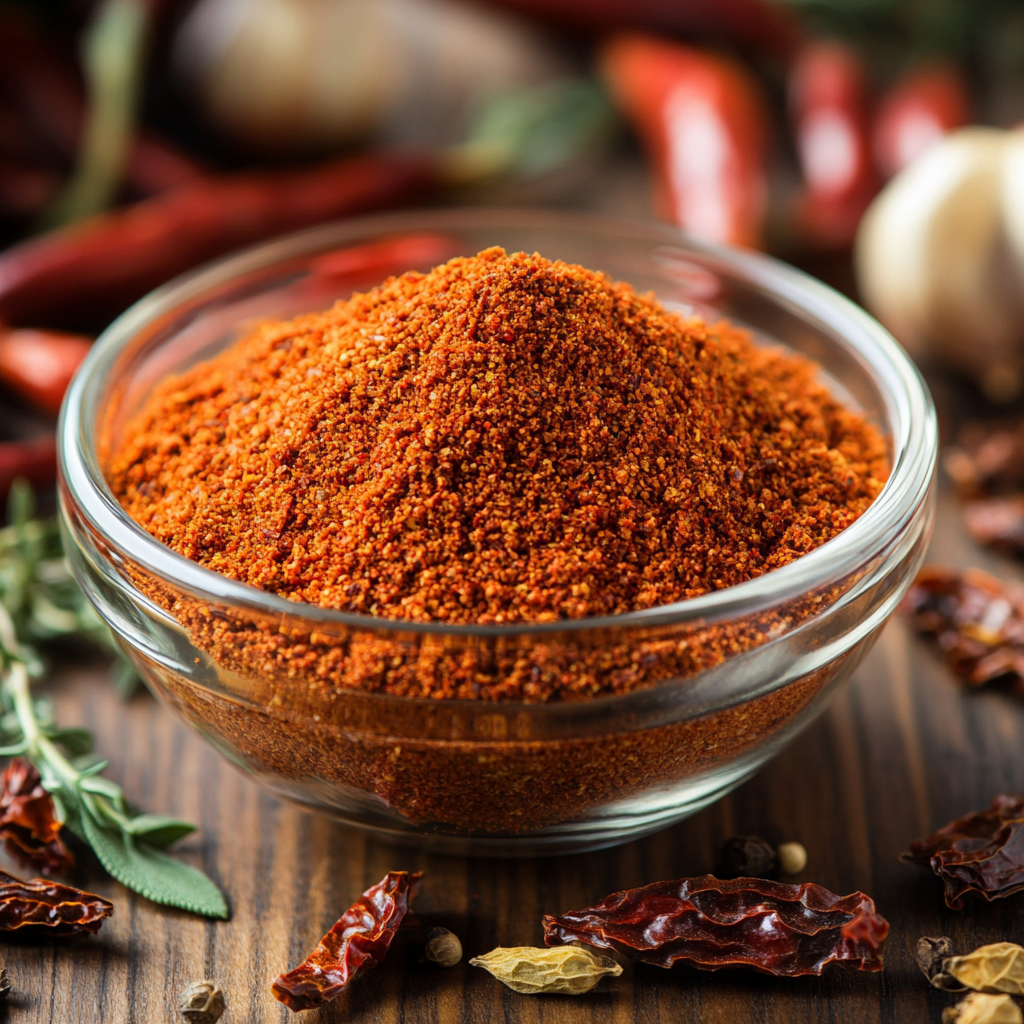Paprika is more than just a sprinkle of red on deviled eggs. When you dive into paprika sweet paprika, you discover a gentle, vibrant spice that transforms meals with depth and color. In this article, we’ll explore how this sweet version differs from regular paprika, how it’s made, whether you can replicate it, and why it’s a pantry essential. From stories in the kitchen to cooking tips, we’ll guide you through every flavorful detail. Whether you’re a seasoned cook or a curious beginner, this guide will help you make the most of this colorful spice.
Table of Contents
A Sweet Start With Paprika Sweet Paprika
A Childhood Memory Steeped in Paprika
Hi! I’m Alice—so happy you’re here. My journey with paprika sweet paprika began in my grandmother’s warm kitchen. She never called it that—just “paprika”—but the flavor was unmistakably sweet, never hot or bitter. I remember watching her dust the bright red powder over slow-simmered stews, the air filling with smoky-sweet comfort. One whiff of that familiar scent, and I’m right back in her tiny kitchen, sneaking a piece of buttered bread to soak up the sauce.
By the time I started cooking on my own, I realized not all paprika was created equal. Some jars labeled “paprika” were bland or harsh. That’s when I discovered paprika sweet paprika—a variety prized for its rich flavor without the heat. It became a secret ingredient in my soups, roasted vegetables, and even egg salad. It offers warmth and color without overpowering the dish.
If you’re like I was, you might think paprika is just garnish. But this type—paprika sweet paprika—is a game-changer. It gives your meals character, especially in recipes like Hungarian goulash or a smoky paprika chicken, which you can find in our dinner recipes and low-calorie meals.
It’s not just about spice—it’s about soul. Each pinch of sweet paprika connects me to the women who taught me that food is love. I hope this article helps you bring that same warmth to your table.
Sweet Paprika vs. Paprika: What’s the Difference?
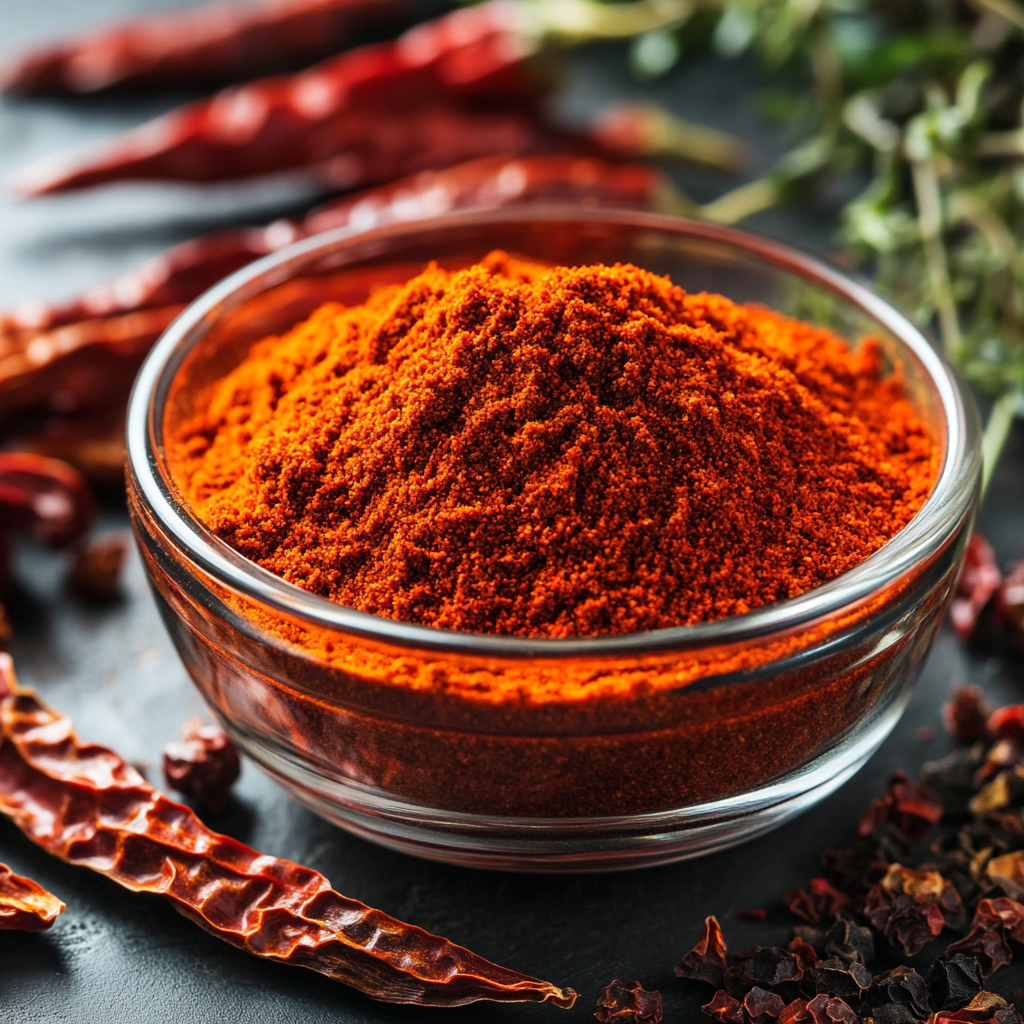
Understanding What Makes Paprika Sweet
Paprika sweet paprika isn’t just a flavor—it’s a result of how the peppers are grown and processed. While “paprika” is a general term for dried and ground peppers, sweet paprika comes from varieties with little to no heat. It’s made from capsicum annuum, a mild pepper, dried slowly and ground finely to preserve its vivid color and sweet, almost fruity taste.
Regular paprika can range from sweet to spicy depending on its origin. In the U.S., it’s often quite mild, but in places like Spain or Hungary, paprika might be smoked or hot. Sweet paprika, on the other hand, leans into a natural sweetness with no heat at all, which makes it ideal for dishes where you want bold color and gentle flavor. It’s especially popular in comfort food classics, such as this cozy breakfast shakshuka recipe, where paprika brings the tomatoes to life without overwhelming the eggs.
One common misconception is that sweet paprika means sugary. It doesn’t. It just means the spice lacks bitterness or spiciness, making it more versatile in cooking. This is why it shines in low-calorie meal prep, helping you add flavor without salt, fat, or sugar.
When to Choose Sweet Over Regular
Use paprika sweet paprika when your dish needs balance, depth, and warmth. It’s perfect in tomato-based sauces, stews, and rubs for grilled meat. It’s also a gentle seasoning for roasted vegetables or creamy dips. If a recipe simply calls for “paprika,” and you’re unsure, sweet paprika is almost always a safe—and delicious—choice.
Making Your Own Paprika Sweet Paprika: Is It Possible?
Can You Just Add Sugar to Paprika?
It’s a common question: if sweet paprika tastes mild and rich, can’t you just add sugar to regular paprika? The short answer is no—and here’s why.
Sweet paprika isn’t sweet because sugar is added; it’s sweet because of the type of peppers used and how they’re processed. Regular paprika, especially when it comes from smoked or spicy pepper varieties, has a different base flavor. Adding sugar might tone down bitterness or heat, but it won’t create the natural sweetness or smoothness you get from paprika sweet paprika.
In fact, adding sugar can throw off your dish’s flavor profile entirely. Instead of a mellow, earthy warmth, you might end up with something artificially sweet and oddly sharp. For example, in recipes like paprika-spiced roasted carrots or smoky paprika hummus, the sweetness needs to come from the paprika itself—not an extra ingredient. You can find dishes like these in our vibrant lunch ideas and plant-forward dinner recipes sections.
How Sweet Paprika Is Actually Made
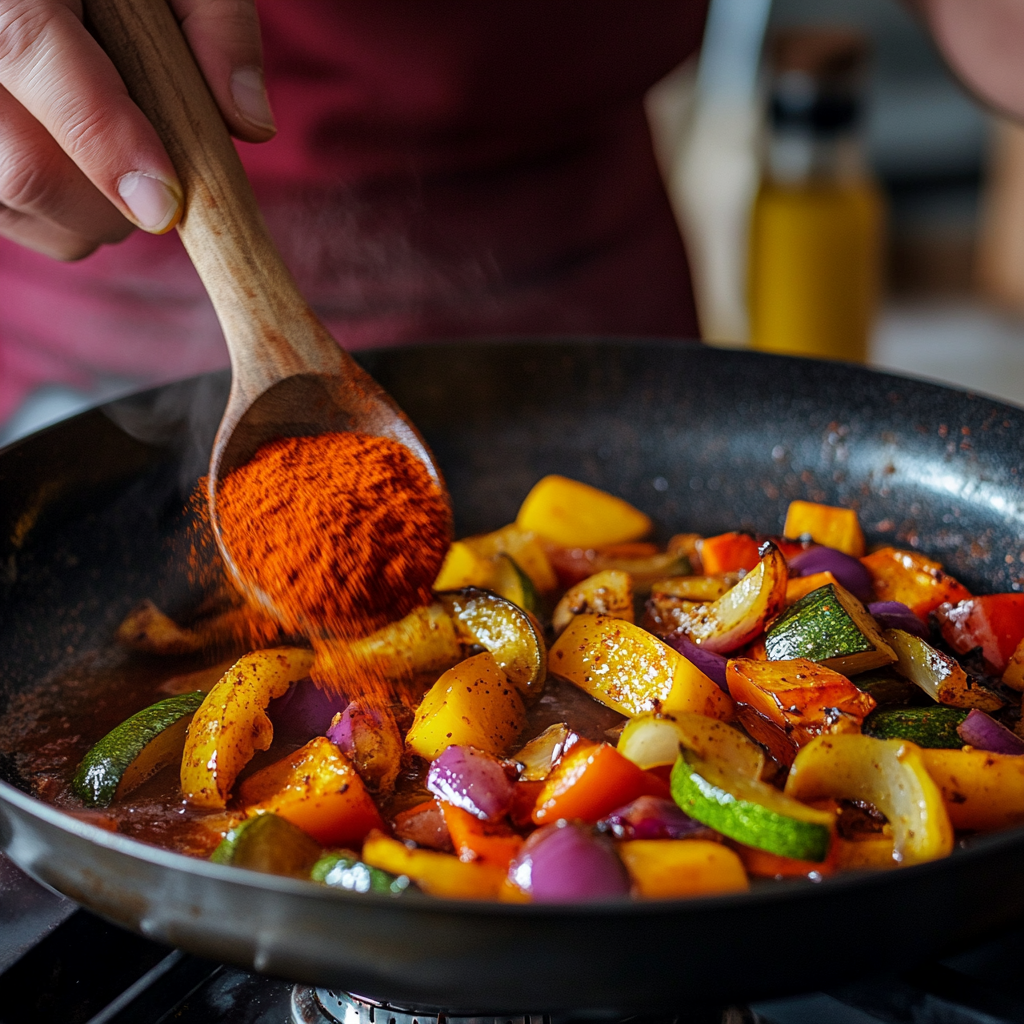
Sweet paprika is crafted from specific mild red peppers—often Hungarian or Spanish—that are sun-dried or slowly smoked, then ground into a fine, deep-red powder. The best sweet paprikas come from controlled harvesting where the peppers are picked at peak ripeness for maximum flavor.
Hungary’s Szeged region and Spain’s La Vera are known for producing world-class paprika sweet paprika using traditional drying techniques. These methods intensify the pepper’s natural sugars without adding anything artificial.
So, if you’re hoping to mimic sweet paprika at home, your best bet is to start with the right pepper variety and skip the sugar. That’s what gives this spice its signature gentle richness.
Why Paprika Sweet Paprika Deserves a Spot in Every Kitchen
Is Sweet Paprika Good for You? Absolutely.
Beyond flavor, paprika sweet paprika offers some impressive health benefits. It’s rich in antioxidants like carotenoids—specifically beta-carotene and capsanthin—which support immune health and protect against inflammation. You’ll also get small amounts of vitamin E, iron, and B vitamins, making it a smart addition to any recipe without adding calories or fat.
Because it’s mild and versatile, sweet paprika fits easily into health-conscious diets. Whether you’re sprinkling it over roasted chickpeas or stirring it into lentil soups, it adds flavor without relying on salt or oil. That’s why it’s a favorite in our low-calorie recipes and especially useful in nutrient-packed dinner bowls where every ingredient needs to pull its weight.
Paprika also has mild antibacterial properties and may support eye health due to its natural pigments. While it’s no miracle food, sweet paprika adds a dose of goodness while making your meals pop with color and taste.
Flavor Versatility You Didn’t Expect
Think of paprika sweet paprika as your flavor enhancer with training wheels. It doesn’t overpower, but it brings depth to just about anything—sauces, rubs, egg dishes, creamy dressings, and even baked goods. Ever tried it in homemade crackers or a smoky butter spread? It’s a surprising twist that’s both approachable and exciting.
It pairs beautifully with garlic, lemon, cumin, and thyme—making it easy to experiment with. Whether you’re working on a vibrant shakshuka, a rub for grilled tofu, or even a smoky-sweet yogurt dip, sweet paprika is your flavor booster that never overwhelms.
FAQs
Is sweet paprika the same as paprika?
Not exactly. “Paprika” is a general term for ground dried peppers, and it can vary from sweet to hot depending on the pepper variety used. Sweet paprika specifically comes from mild peppers and has no heat. It offers a naturally sweet, rich flavor, making it ideal for everyday cooking when you want depth without spice.
Can I add sugar to paprika to make sweet paprika?
Adding sugar won’t replicate true sweet paprika. The sweetness in paprika sweet paprika comes from the type of peppers and how they’re processed—not from added sugar. Trying to mimic it with sugar can throw off your dish’s balance and create an artificial taste that’s nothing like the real thing.
Is sweet paprika good?
Yes, sweet paprika is not only flavorful but also rich in antioxidants like beta-carotene and capsanthin. It adds vibrant color and gentle depth to dishes while being low in calories and fat-free. It’s a great option for those watching their salt intake or looking to make healthy meals more flavorful.
How do they make sweet paprika?
Sweet paprika is made by drying and grinding specific mild red peppers, often Hungarian or Spanish varieties. These peppers are picked at peak ripeness and then dried—sometimes by sun or smoke—to concentrate their natural sugars. The result is a bold red powder with a sweet, earthy flavor and no heat.
Conclusion :
Paprika sweet paprika may seem simple, but it holds the power to transform your cooking. Whether you’re adding it to soups, stews, eggs, or roasted vegetables, it brings a unique blend of warmth, sweetness, and color that enhances every bite. It’s a spice that connects us to tradition, comfort, and creativity—all without overwhelming our dishes.
For me, it’s more than a seasoning; it’s a memory in motion. Every sprinkle reminds me of my grandmother’s kitchen, her gentle voice guiding me through recipes passed down with love. Today, I pass that warmth to you.
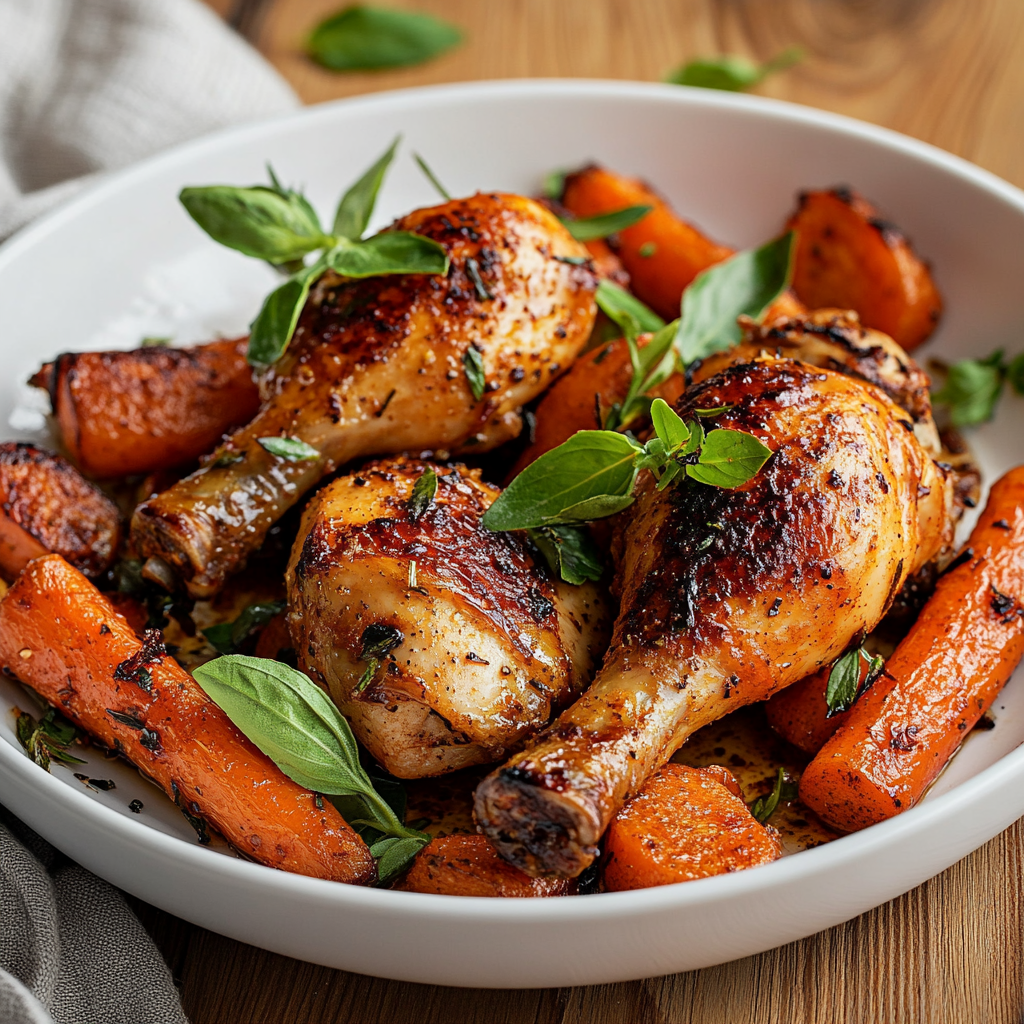
If you haven’t tried sweet paprika yet, start with a pinch. You’ll be amazed by what a little red powder can do.
for more recipes follow me in page facebook and pinterest .
Print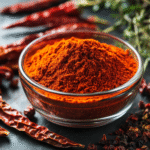
Paprika Sweet Paprika: The Delicious Spice You Didn’t Know You Needed
- Total Time: 20 mins
- Yield: 2 servings 1x
Description
This paprika sweet paprika guide walks you through its origins, how it’s made, and how to cook with it, making your meals warm and flavorful.
Ingredients
1 tbsp sweet paprika
1/2 tsp smoked paprika (optional)
1 tsp olive oil (for cooking)
Dash of salt
Fresh vegetables or meat (for application)
Instructions
1. Choose a mild sweet paprika blend.
2. Add to your dish while sautéing or roasting.
3. Mix with olive oil and coat your meat or veggies.
4. Cook as usual; enjoy the aroma and color.
5. Taste and adjust with salt or lemon juice.
Notes
Sweet paprika works best in stews, soups, and oven-roasted recipes.
Avoid burning it—always add to oil or liquids.
Pair it with garlic, lemon, and thyme for added depth.
- Prep Time: 5 mins
- Cook Time: 15 mins
- Category: Seasoning, Spices
- Method: Roasting, Sautéing
- Cuisine: Hungarian, Spanish
Nutrition
- Serving Size: 1 tsp
- Calories: 6
- Sugar: 0.3g
- Sodium: 1mg
- Fat: 0.3g
- Saturated Fat: 0g
- Unsaturated Fat: 0.3g
- Trans Fat: 0g
- Carbohydrates: 1g
- Fiber: 0.5g
- Protein: 0.2g
- Cholesterol: 0mg

